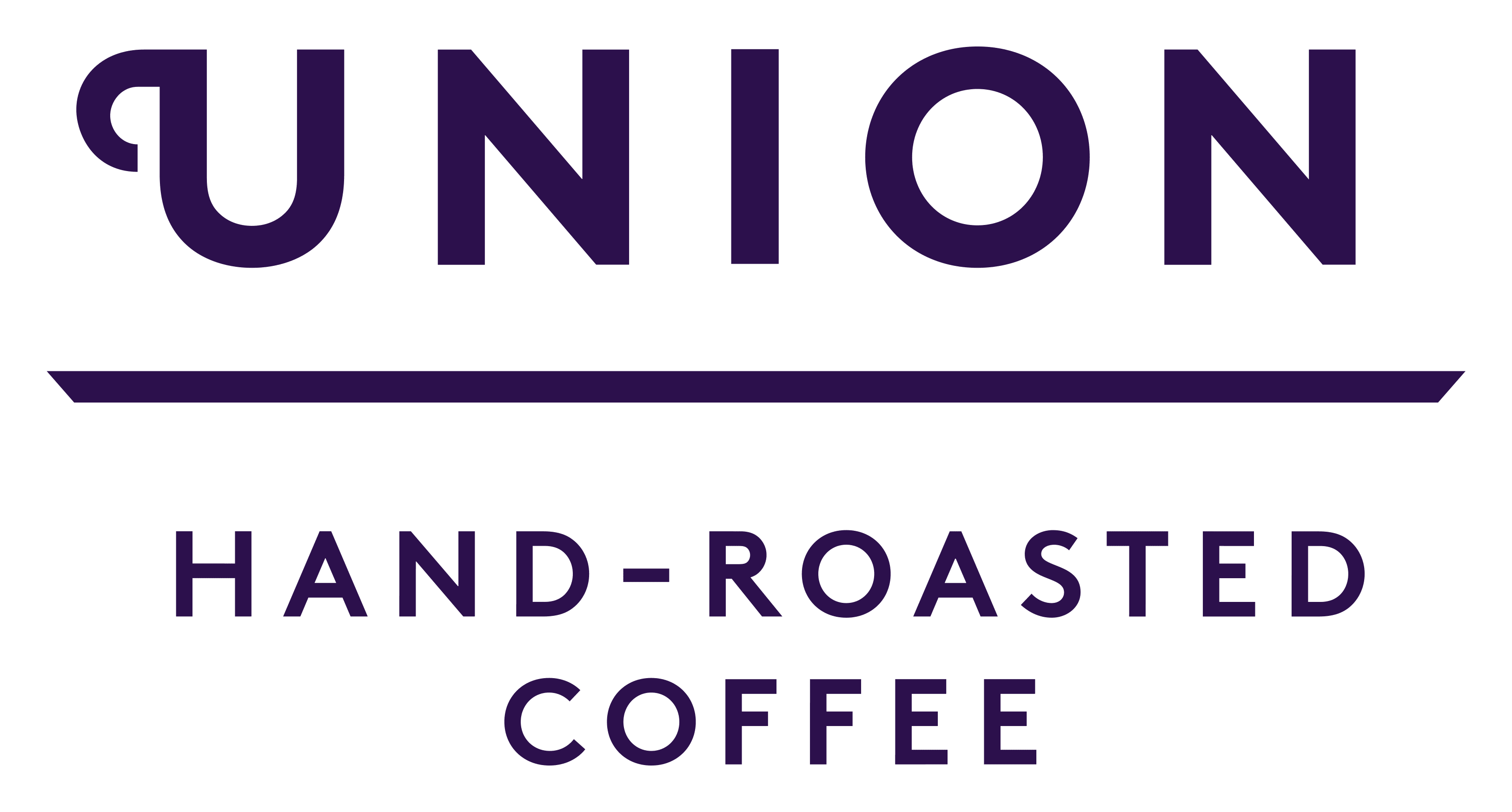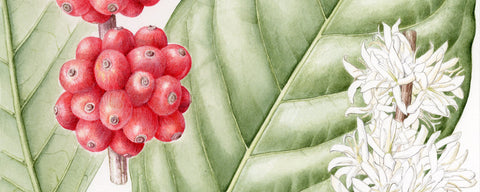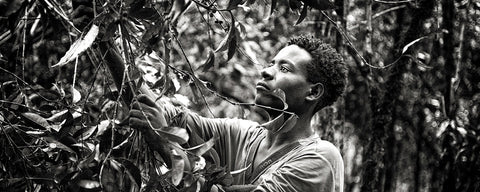First Published - April 2, 2015 (By Pascale)
Both at origin as well as in the Union Quality Control Lab, devoted flavour addicts dedicate their time and taste buds to the smelling and tasting of coffee.
Buyers travel to origin in their quest for finding a unique coffee. Yet, there is so much more behind cupping than finding that unique cup on the table that makes you crave more.
The art of cupping has gained a lot of attention over the past few years. Where cupping was once done secretly behind closed doors and left to those actually buying the coffee, one can now attend free public cupping events.
The objective of cupping for a long time was to identify faults and taints in the cup. Traders and buyers cupped for defects instead of flavour characteristics. In the search for the cheapest coffee, the bare minimum standard used was rejecting defective cups. Few coffee drinkers were brand loyal. Why should they be? It was just coffee, a black liquid that kept you awake, served hot.
Companies needed to save every dime they could, and that was done by paying the lowest price possible to the grower. Keeping growers uninvolved in the process of cupping, had a clear advantage for buyers. As they determined the quality of coffee, they held the negotiation power. Without growers having the knowledge to evaluate their product, how could they improve their cup, become more empowered and negotiate quality premiums for coffee that was above average?
Fortunately, things have changed. The rise of specialty coffee and the devotion and dedication of baristas across the world has opened up the minds and taste buds of customers. The Direct Trade movement and its focus on quality has meant growers at origin have started to get involved in cupping.
My first cupping experience and class, in 2011, was at Exclusive Coffees in Costa Rica. Together with seven growers I attended a cupping course taught by Wayner Jiménez, who has probably cupped more Costa Rican coffees throughout his career than anyone else I know.
We ended the course practicing latte art. In which I was less successful than in cupping.
After this experience I got the opportunity to travel to many countries, and cup with many producers. What have I learned?
Coffee is not just coffee. Depending on country, altitude, coffee variety and processing method there is a whole range of flavours that can be discovered in a “simple cup of coffee”. Some coffees have dark chocolate taste notes, whereas others have bright citrus-like acidities or complex fruit notes. A Sumatran coffee is something completely different from a high-grown washed Guatemalan. The rare Geisha variety can be described as having sweetness, notes of papaya, peach and a very distinct bergamot finish. Pacamaras have sweet citric notes, and are known for their complex acidity and tremendous balance.
Regular cupping with producers allows us to give them feedback on quality, negotiate price premiums and more importantly understand how much work goes into growing, processing and crafting a great coffee.
To illustrate:
Esquipulas (La Libertad) in Guatemala has more than 200 members and each individual farmer’s lot is cupped separately. Some farmers separate their harvest in different lots depending on the location, coffee variety or harvesting time. This means hundreds of lots are cupped before blending together to create a consistent, defect-free unique flavour profile. The cupping of individual farmers lots allows cooperatives to combine attributes together into a coherent whole. This way, cooperatives can overcome inconsistency that often occur in smallholder coffees and comply with the volumes required by buyers.
Before the actual cupping can take place, samples need to be collected, sorted, roasted and rested. The table needs to be set up, including grinding and weighing the correct dose of coffee for each separate cup. The coffee’s aroma is assessed (smelling of the dry coffee grind), water is poured and after 4 minutes the cup is “broken” and smelled again. The coffee needs to be tasted throughout all its different temperatures, to examine whether the taste changes (positively or negatively). The whole process, after setting up the table, takes around 45 minutes.
In Peru, Chirinos has 620 cooperative members and a similar quality protocol. This translates into daily cupping of 48 samples, 7 days a week, for four months during the peak harvest. The different lots of each individual producer are cupped and each producer delivers at least 5 samples. During the harvest, cupping starts at 4 am!
Our producers at origin and Oli Brown in our cupping lab spend an enormous amount of time crafting and creating unique flavour profiles, by carefully assessing the flavours in each coffee. From farmer to roaster, rigorous quality control is how we can provide the best coffees available.






